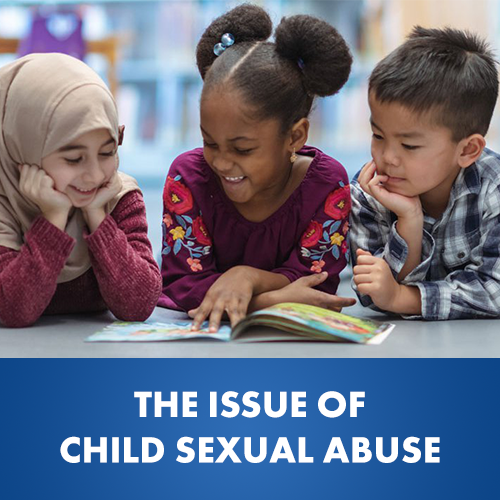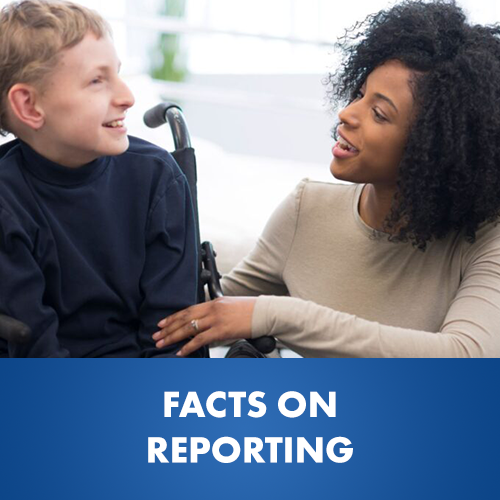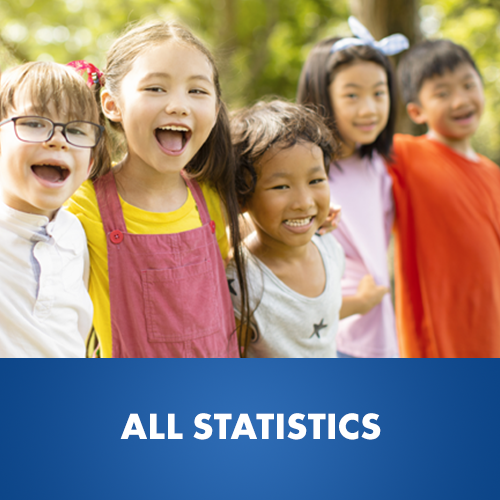Research and Statistics
Research broadens our understanding of how child sexual abuse occurs and can help us better prevent it.
Darkness to Light uses a variety of research methods to inform our program design, to monitor impact, efficacy, and to evaluate change. Those methods include but are not limited to qualitative research, quantitative research, mixed methods, survey, observations, interviews, case studies, and focus groups. We use results to iterate and improve programming and to ensure that we are creating meaningful and sustainable change. Child sexual abuse research is critical to effectively protect children.
Stewards of Children® has been extensively evaluated. It is the only evidence-informed, adult-focused child sexual abuse prevention training program available nationally.
Disclosure Research
The information contained in this paper represents the current view of Darkness to Light as of the date of publication. This paper is for informational purposes only. Darkness to Light makes no guarantees expressed, implied or statutory as to the information in this document.
Prevalence Research
Child sexual abuse prevention organizations and practitioners that interact with the public desire a current child sexual abuse prevalence statistic. In 2016, there is not one single definitive study or meta-analysis U.S. practitioners can point to as the basis for a current child sexual abuse prevalence statistic. These six studies suggest an overall full-childhood sexual abuse prevalence rate of 7.5% – 11.7%*. These studies suggest the child sexual abuse prevalence rate for girls is 10.7% – 17.4%* and the rate for boys is 3.8% to 4.6%*.
*Contact abuse only.
PREVALENCE RATE WHITE PAPER
Stewards of Children® – Evidence-Informed Prevention Training
Does the Stewards of Children® training program work? Does it change the way adults care for children? Does it create a shift in societal norms? There is substantial evidence that it does. This document summarizes the evidence for Stewards of Children® training, including a summary of studies documenting efficacy.
Texas Educator Research
This report summarizes a project that suggests that child sexual abuse training for educators leads to significantly increased reports of abuse. Increases in reports, in turn, could lead to improved outcomes for sexually abused children.
Prevalence and Consequences Research
This paper investigates the prevalence and consequences of child sexual abuse compared with other childhood experiences. The information presented on each childhood condition or experience is largely based in science, but comparison between them is relatively subjective.
Child Sexual Abuse Prevention Training for Childcare Professionals
The goal of this study was to conduct an independent multi-site-controlled evaluation of Stewards of Children®, offered through both in-person and web-based formats. This study included 352 childcare professionals recruited from children’s advocacy centers across three states. Results indicated that Stewards of Children® impacted knowledge, attitudes, and preventive behaviors. No differences were found between training modalities (i.e., in-person versus web-based) on knowledge and preventive behaviors. Results indicate that brief training for childcare professionals may impact prevention efforts.
Learning the facts is the first step to preventing child sexual abuse.
The statistics and facts below can help you understand what child sexual abuse is, the risk factors and consequences for survivors, and how to identify and report suspected abuse. For all statistics and references, download the full statistics PDF.





